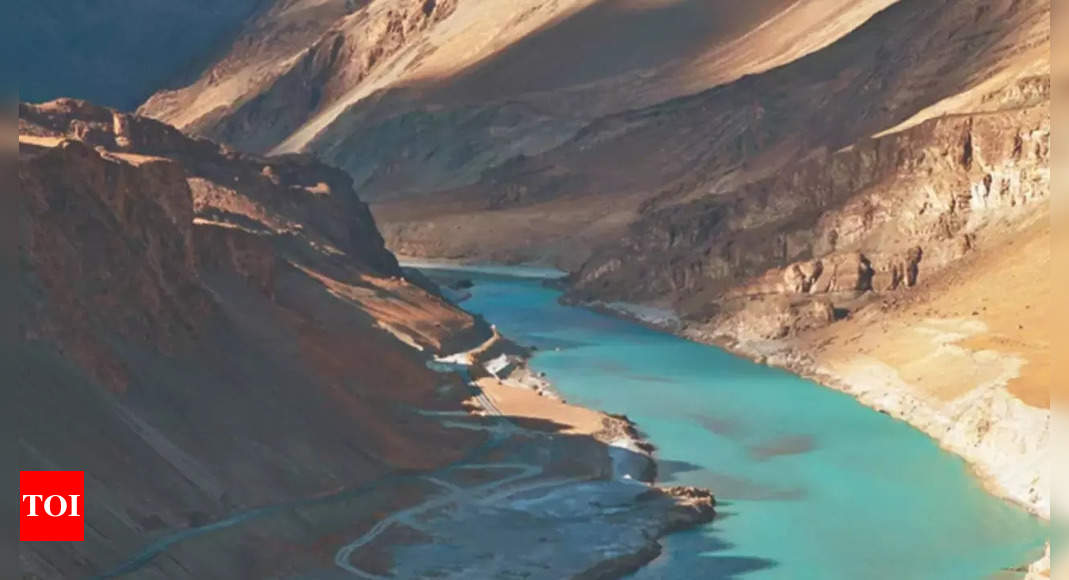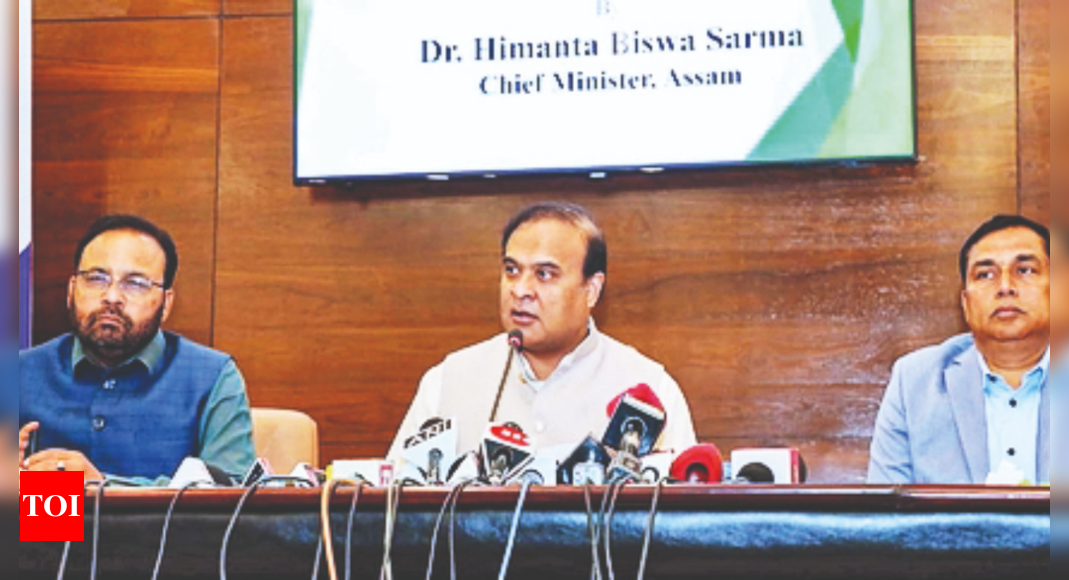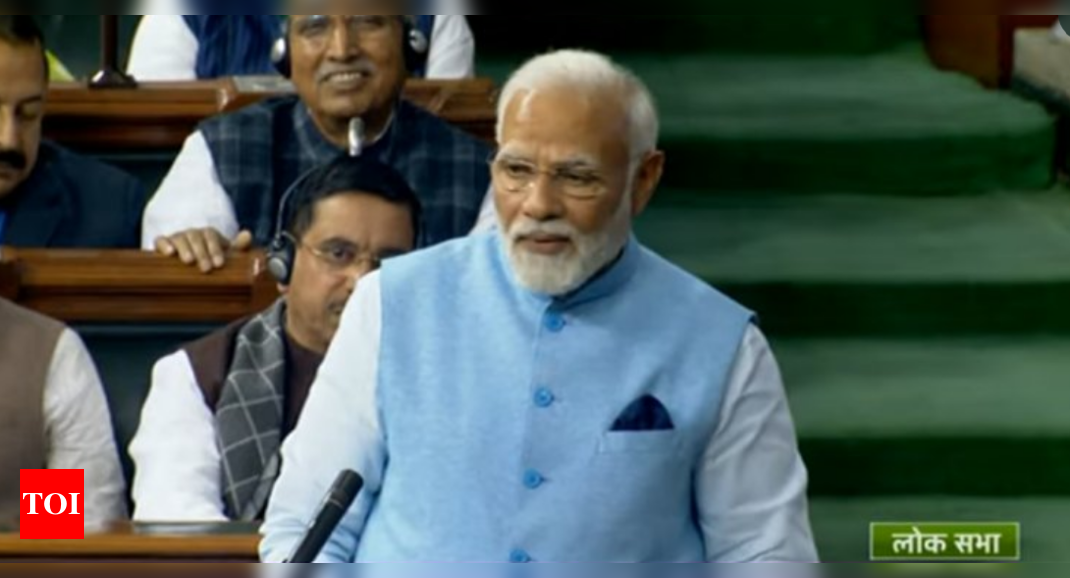[ad_1]
Less than two years later, the prime minister in May 2018 inaugurated the 330 MW (megawatt) Kishanganga hydel project at Bandipore and laid the foundation stone for the 1,000 MW Pakal-Dul plant at Kishtwar in Jammu & Kashmir.
Indeed, two other large hydel projects – the 1,856 MW Sawalkote and 800 MW Bursar – were also fast-tracked soon after the September 2016 treaty review meeting mentioned earlier.
Situated on two tributaries of Chenab – Kishanganga and Marusudar, respectively – the projects indicated the government was ready to respond to Islamabad’s use of terror against India with every option, including denying Pakistan liberal flow of Indus water in excess of the 1960 treaty’s provisions.
The launch of the Pakal-Dul project, which has been hanging fire for a decade, underlined the Modi government’s intent to fast-track infrastructure on the Indus water system, to maximise India’s water use within the treaty’s ambit. This includes building hydel projects on western tributaries of Indus such as Chenab and Jhelum as well as streams feeding them.
Since then, the Centre has fast-tracked a slew of stalled hydel projects aggregating nearly 4,000 MW capacity in Jammu & Kashmir, with Modi in April last year laying the foundation stones of 850 MW Ratle and 540 MW Kwar hydroelectric projects on Chenab in Kishtwar.
A 2011 report by the US Senate Committee on Foreign Relations had said India could use these projects as a way to control Pakistan’s supply from the Indus, considered its jugular. “The cumulative effect of these projects could give India the ability to store enough water to limit the supply to Pakistan at crucial moments in the growing season,” the report had said.
Clearly, speeding up pending hydel projects and storage infrastructure is a key component of India’s Indus strategy as the treaty in its present form allows India to build storage capacities on the western rivers upto 3.6 million acre feet (MAF) for various purposes, including domestic use.
[ad_2]
Source link





